Composting is an essential part of gardening and creating healthy, fertile soil in which plants can thrive.
Compost has four main elements: Carbon, Nitrogen, Oxygen, and Water.
Carbon
Carbon will come from dry, brown materials such as dead leaves, bark, or dried grass clippings. Carbon materials will help produce heat due to microbial oxidation which will help “cook” the compost .
Nitrogen
Nitrogen materials are usually green/colorful and wet. These include vegetable and fruit scraps and animal manure. Nitrogen materials feed the microorganisms which are oxidizing the carbon materials.
Oxygen
Compost needs to be aerated so that the carbon materials can be oxidized and so the decomposition process can take place.
Water
Water is needed so that the microbial activity taking place can continue so the microbes don’t die and the compost doesn’t dry up and become stagnant.
The ratio of carbon to nitrogen should be about 25 parts carbon to 1 part nitrogen. This balance should be maintained: high C:N ratios can be lowered by adding nitrogenous materials like food scraps, low C:N ratios can be raised by adding carbon materials like dry leaves or wood chips.
Compost Ingredients
Carbon (Brown, Dry Ingredients)
- Leaves (try to shred them, avoid waxy leaves)
- Bark, Wood (shredded)
- Dried grass, weeds
- Newspaper, cardboard (shredded)
- Sawdust
- Dryer Lint (moisten first)
Nitrogen (Greens)
- Fresh grass, weed clippings
- Coffee grounds, unbleached filters
- Dead plants, pieces of plants picked from pruning
- Manure
- Diseased plants (compost needs to reach 130 degrees F or more, if it doesn’t, play it safe and throw diseased plants away to avoid spreading plant diseases)
- Algae
- Aquarium Water (fresh water)
- Vegetable scraps
Other Things That Can Be Added
- Ashes (very small amounts)
- Dish water (without soap)
- Eggshells (crushed)
- Dairy products (mix well to avoid attracting animals)
Never, Ever Compost
- Plastic
- Styrofoam
- Treated wood
- Anything with heavy metals
- Coal ashes
- Bird droppings
- Meat, grease (sometimes used commercially)
- Animal feces (shouldn’t be used for soil that will be producing food)
Sometimes Can Compost/Sometimes Not a Good Idea
- Pine needles (pine needles break down super slowly and can be acidic if they are still green)
- Bones (takes a super long time to break down)
When building a compost pile, start with about 12 inches of carbon material, then add about 6 inches of nitrogen material, then add 2 inches of soil, then shower the pile with a little water. Every month or two, turn the pile and mix it up. Make sure that ingredients are shredded and chopped up so they will decompose more quickly.
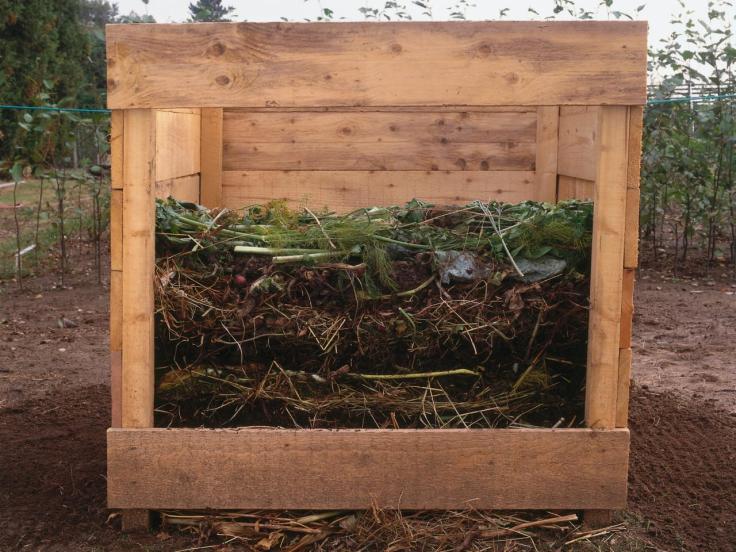
(Composter Example)
Compost is ready to use when it is soft, crumbly, moist (not wet). It should also not have a foul odor if everything is decomposed and thoroughly mixed.
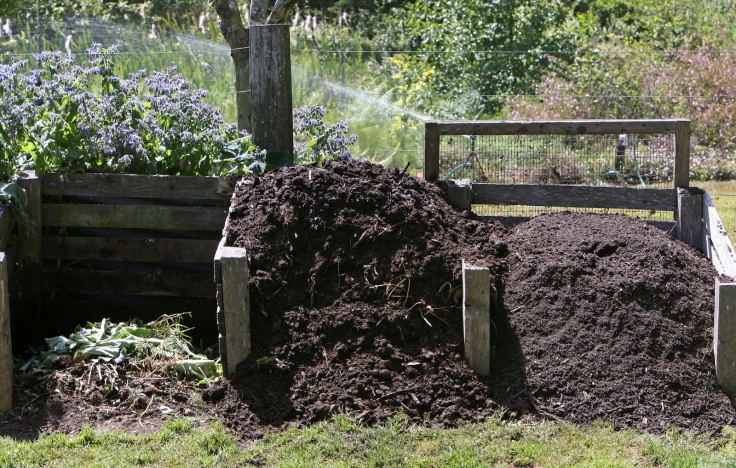 (Compost that is ready to use)
(Compost that is ready to use)
After taking steps to make the soil a little more neutral, compost can be added and mixed in with the top 4 to 8 inches of natural soil to make the soil nutrient rich and to help improve its texture. The best times to apply compost are in late fall and early spring.
Compost can also be added at the bases of plants to improve growth.
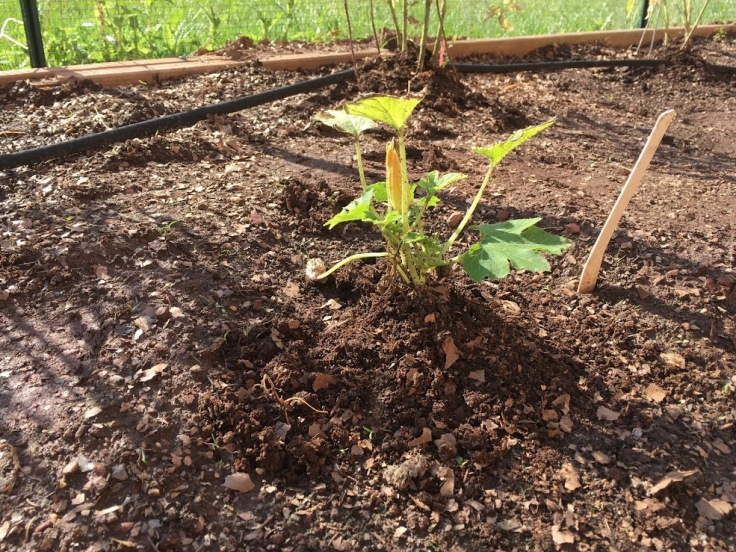
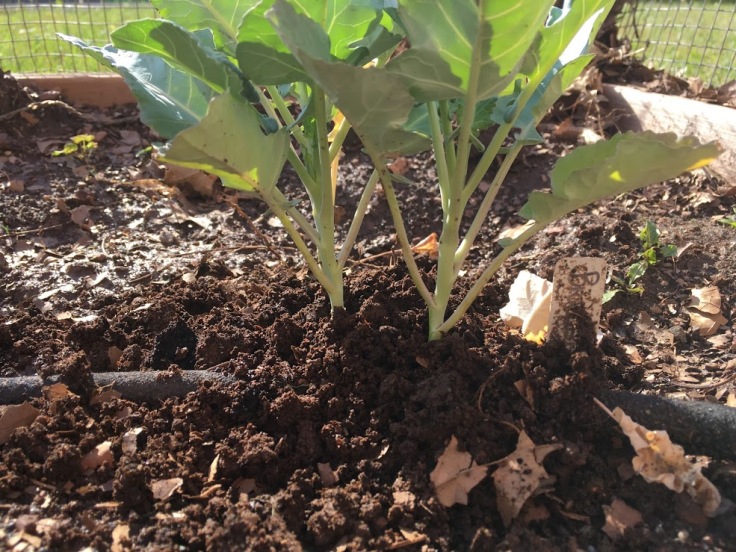
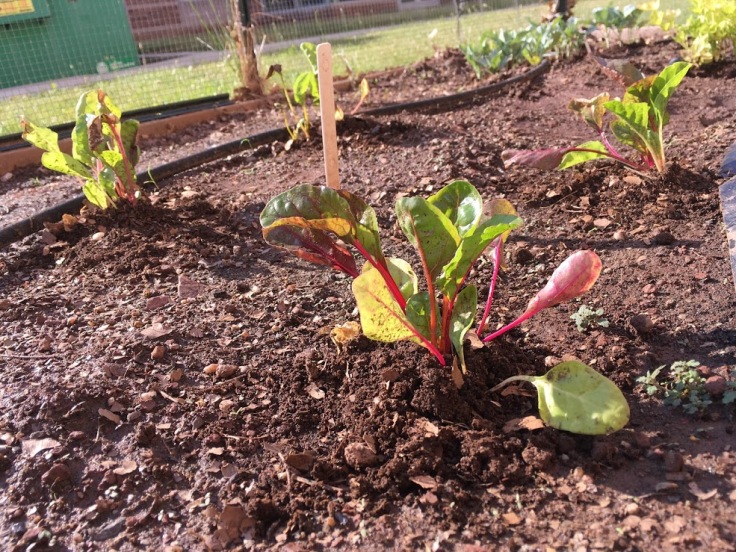
PV Produce originally made their compost in the trashcans outside of the garden. We also continued to use these trash cans. However, these trash cans are not big enough to make enough compost for the garden (people often brought shredded leaves from home in the fall and other various compostable items which we just poured straight in the garden because the trashcans were too small).
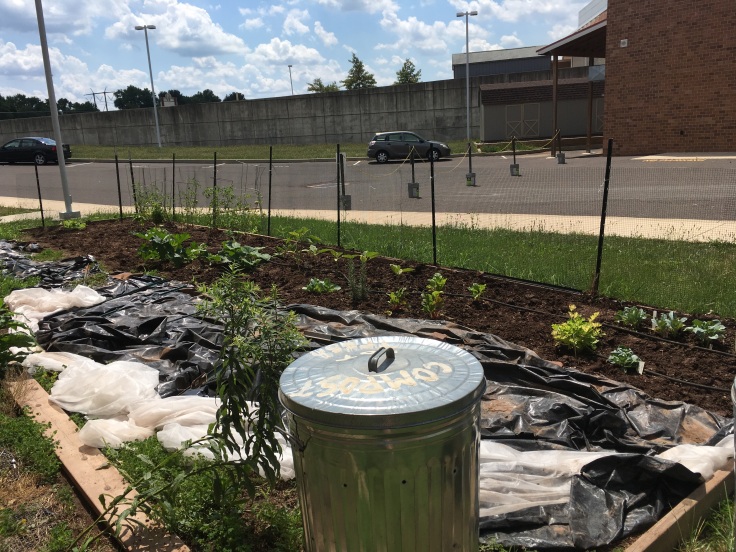
It may be a good idea to replace the trashcans with something bigger that will be enclosed so that the compost won’t attract animals and will be able to heat up to “cook” but will also have small holes to allow air to flow through it.
The information from this blog post was gathered from Daron “Farmer D” Joffe’s super helpful book, Citizen Farmer.

I’ve always wanted to do this! Thanks for breaking it down!!💕💕💕
LikeLike